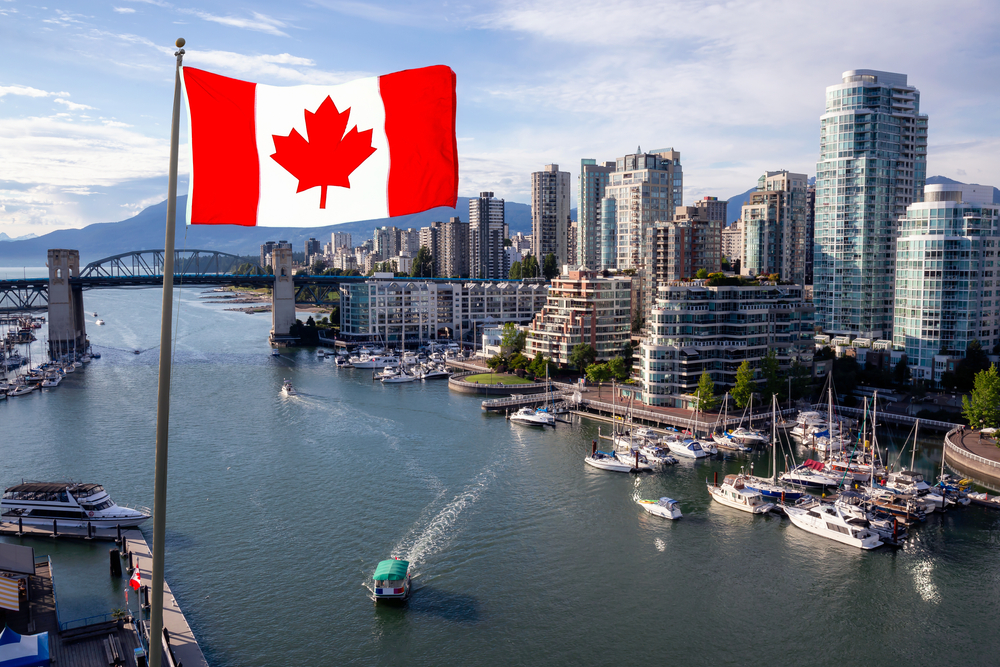We’ve rounded up some of the best family vacations that everyone — from toddlers to grandparents — will love.
Planning a family vacation can be stressful. There’s so much to consider, from finding family-friendly accommodations to choosing a destination with activities that your whole crew will love. Thankfully, we’ve narrowed it down to seven types of family trips, so you can stop stressing and start getting excited about all the incredible memories you’ll make while traveling together.
Whether you’re planning an intimate getaway for your kids and partner or a multigenerational trip with your entire family, we’ve rounded up some of the best family vacations that everyone — from toddlers to grandparents — will love.
Set sail on a cruise.
With lots of family-friendly excursions and onboard activities, multiple options for dining, supervised kids’ clubs, and more, everyone in your crew can make the most of their vacation while spending time together on a cruise
Relax at an all-inclusive resort.
Like cruises, family-friendly all-inclusive resorts are a fantastic option for multigenerational travel because they have something for everyone. Whether you’re looking for a tropical escape in the Caribbean or a domestic resort with a fun, camp-like atmosphere, the best family resorts offer a range of activities that the whole family will love (along with kids’ clubs for the days when everyone wants to do their own thing). With meals, activities, and more included in one price, all-inclusives are an ideal family vacation for those seeking a totally relaxing getaway.
Hit the slopes.
Get outside and hit the slopes with your family on a ski vacation. With so many family-friendly ski resorts in the United States, you might be just a drive (or short flight) away from a great destination. Look for resorts with good ski school programs, terrain for all ski levels (and plenty of bunny slopes for beginners), and activities for all ages — Beaver Creek, Whiteface, and Park City Mountain Resort are among the country’s best.
Take a classic American road trip.
Hit the road with your crew in tow and check national parks and iconic roadside attractions off your family’s travel list. See the Grand Canyon and the red rocks of Sedona on a road trip through Arizona, ride down Route 66, or even drive across the country. Of course, if you’re traveling with kids, you’ll want to invest in some car organizers and stock their favorite snacks to make the journey as smooth as possible.
Visit the “Most Magical Place on Earth.”
The young and young-at-heart can’t resist a theme park vacation. Florida and California are home to some of the world’s best theme parks, and Disney World is really the ultimate theme park destination, with four amusement parks, two water parks, perfectly themed on-site hotels, and an expansive shopping and dining district. Rides and attractions for all ages, interactive dining experiences, and the unforgettable Disney magic will make this a trip to remember.
Soak up the sun on a relaxing beach vacation.
Families of all sizes love a low-key beach vacation. Whether you fly to the Caribbean to soak in turquoise waters at a five-star resort or rent a house somewhere on the coast of the continental United States, there’s a beach vacation for every budget and travel style. Hilton Head Island, the Florida Keys, and North Carolina’s Outer Banks are among the nation’s best island destinations.
Jet off to somewhere new.
Want to go a little further afield? Planning a family trip abroad can seem daunting, but the memories you’ll create while exploring a new part of the world together will last forever (and potentially inspire a lifetime love of travel for your kids). Learn about ancient history and snack on gelato in Rome, spot favorite animals and learn about conservation on an African safari, or go to the extremes of the Earth on a family-friendly Antarctica cruise. There are so many places worth traveling with kids, and wherever you go, you’ll give your children the opportunity to learn about culture and history through local experiences.



